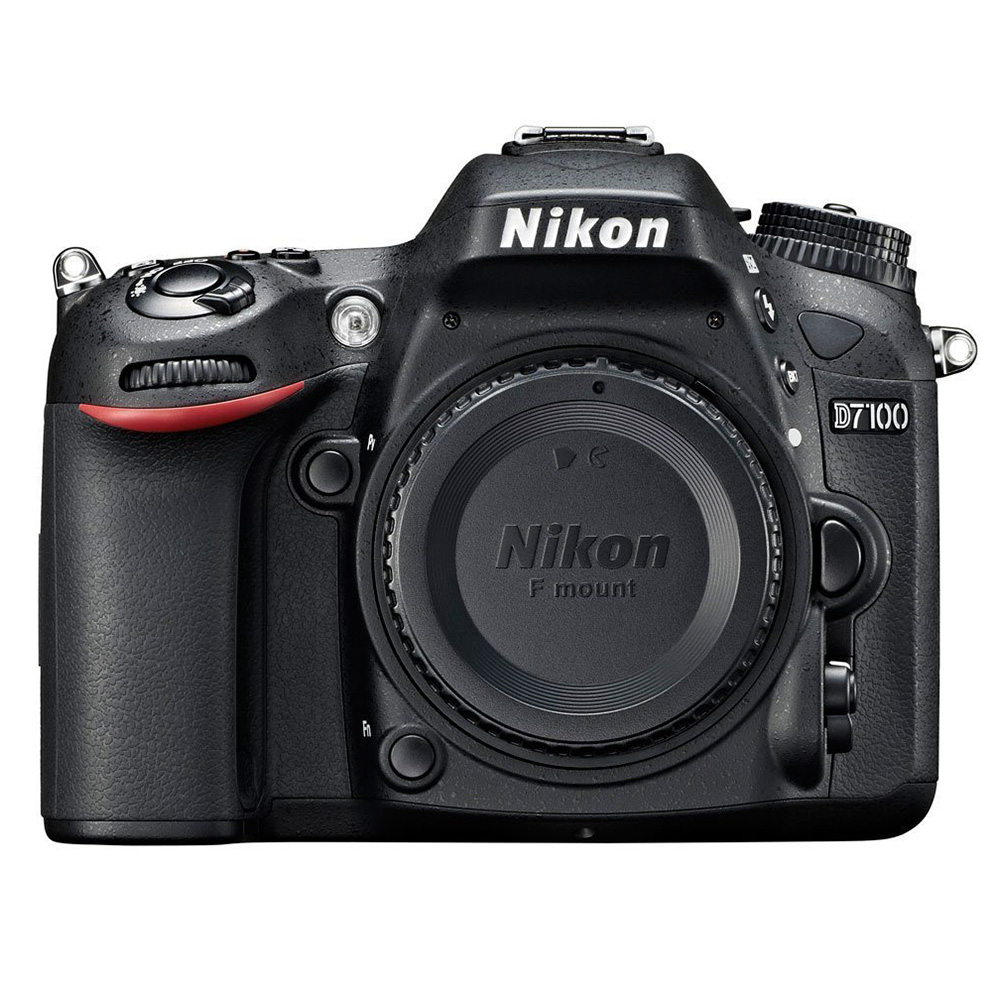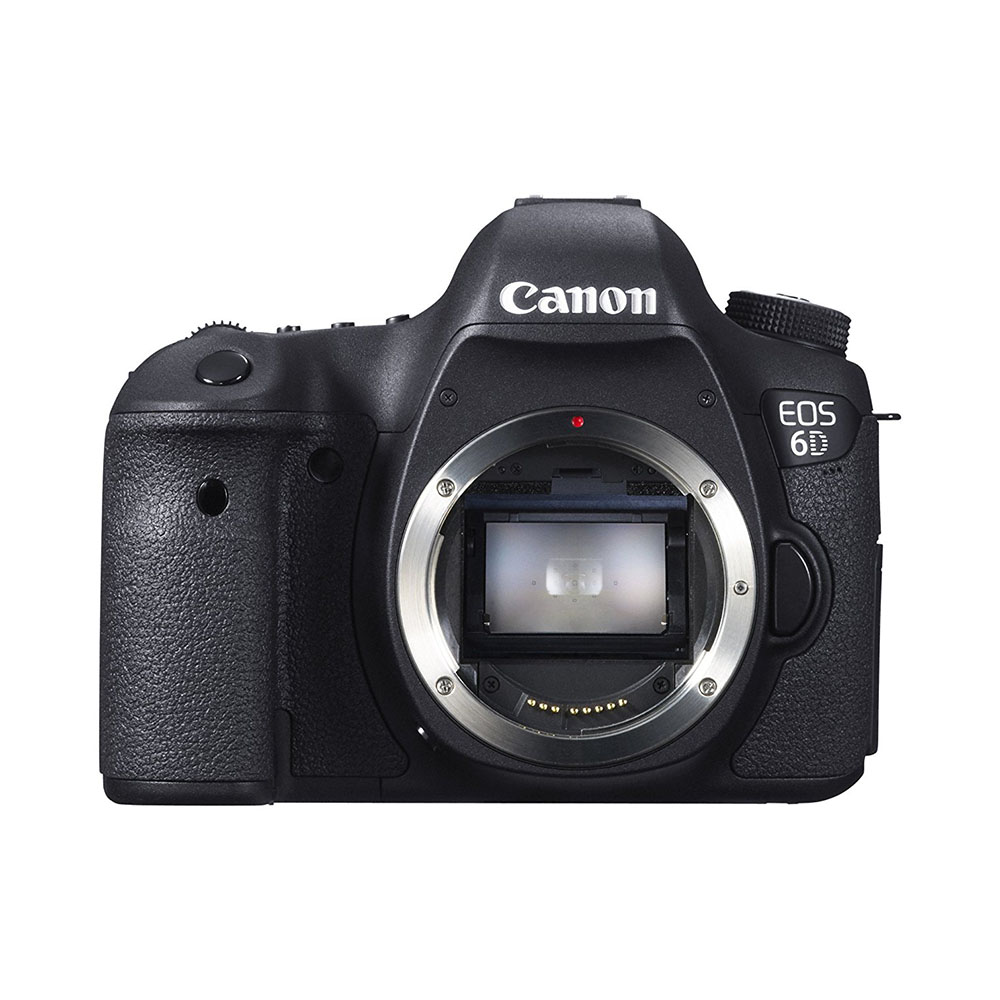Buying a new camera can be overwhelming.
Buying your first camera can be even more overwhelming.
There are so many options out there but which one do you choose?
We asked the Click Pros what camera and lens would they recommend to someone shopping for a camera and they spilled. Whether you’re on a tight budget or you’re reading to spend big, they’ve offered up what they would get if they were in your shoes!
Budget: Under $ 1,000
Carri Peterson recommends: If they are wanting to have ease without knowing how to shoot in manual, I recommend an iPhone! They take great photos for the person who wants something easy to pack, and easy to shoot with.
Eileen Critchley recommends: For people just starting out, I recommend a crop sensor DSLR.
Depending on budget, I recommend the Nikon D5000 or Nikon D7000 series (whatever the latest model is). I also recommend the Nikon DX 35mm f/1.8 prime lens. This lens is very affordable but sharper and faster than a kit lens. Buying a used lens in “excellent” or “like new” condition is a great option, and how I buy most of my lenses to this day.
This camera body and lens is a great combination; it’s what I learned to shoot manual on and completely shot my accepted Click Pro set on. I now shoot with a full frame camera but I learning on a crop and upgrading when you “outgrow” it is a great option.
There is something to be said for keeping your gear minimalist and easy when you are just starting to learn photography.
Like Critchley, Jenny Rosenbring recommends: I would get a crop sensor Nikon if I was just starting out. Well, actually, I did get a Nikon with a crop sensor when I was starting out.
I decided to go with the Nikon D7100, not very expensive for a DSLR but really good quality. I also immediately changed the lens that came with my D7100 to a Nikon 35mm f/1.8 lens. I found that combination to be very versatile.
Also, it weighed nothing and was easy to bring everywhere. In fact, I shot my entire Click Pro portfolio with my D7100. This camera goes a long way!
Cody Farrall recommends: For parents who want to take good photos of their kids without spending a lot or carrying around a big camera, I recommend the Olympus OM-D E-M10 Mark II.
It’s small and light but the image quality is amazing and it’s easy to shoot in manual. Plus, the in-camera stabilization makes shooting video super easy! I paired mine with the Olympus 17mm f/1.8 lens for around $ 650 total.
Lindsay Beros agrees with Farrall: It’s a great fun little camera. Another benefit is that if your skills advance and you move up in camera bodies, all the lens still work and there is a great variety of lens from Olympus, Panasonic and third party sellers for the m43 format.
Kim Hildebrand recommends: Shooting film is a great alternative for a budding or seasoned photographer looking for a new challenge!
For a low budget alternative, I would recommend buying a used entry-level 35mm film SLR like the Canon EOS-3 with a Canon 50mm f/1.4 lens. Canon EOS-3 cameras are easy to find on eBay, KEH, or even Amazon for $ 350-$ 500. Some sites even include a limited warranty. The 50mm lens runs about $ 200 used, or $ 300 new, or you can go a bit cheaper (less than $ 100 for the 50mm 1.8)!
Last, you will need some starter film. A good versatile stock is Portra 400.
Budget: $ 1,000 to $ 2,000
Jamie Bates recommends: I would recommend an upper level crop sensor body like the Canon 70D with a Sigma 30mm f/1.4 Art lens for an enthusiastic beginner.
This is a camera body that is easy enough to learn on, handles low light better than most crops and as a bonus has some very nice video capabilities. The Sigma 30 pairs beautifully with it – wide enough for tighter spaces indoors and does great outdoors in a variety of lighting scenarios.
If the initial investment cost is a concern, I’d suggest the Canon 40mm pancake lens as an alternative lens recommendation. This lens is small, very affordable and does a super job. It’s a workhorse of a lens and at 40mm gives a true to life perspective.
Alice Che recommends: The majority of my friends are hikers and rock climbers, so the main reason they want their cameras is to capture the beauty of the world around them on their trips.
I always recommend the Fuji X-T2 or Fuji XT-20 paired with either the kit lens or the Fuji 18mm f/2 lens. Three of my friends have gotten this combination now and are all thrilled!
Elise Cellucci recommends: I too recommend the Nikon D7500 with the Nikon 35mm FX lens. This camera is a great starter camera, especially for mom. It’s more a mid level camera, but you will be able to get many years out of this camera before needing to upgrade. It’s so easy to use and is comfortable in your hands.
I recommend getting the 35mm 1.8 FX lens with the camera because of how great this lens is and how it gives you that little extra room on a crop sensor. As moms we constantly are shooting indoors so the wider lens definitely helps!
Karen Schanely recommends: I would recommend a camera in the Canon Rebel line such as the T6i or T7i as a great first step into the DSLR world. They are lightweight and have WIFI.
For a lens, I recommend starting with the Tamron 24-70mm f/2.8 G2. If I could only have one lens, it would be this one. It’s so versatile and allows for wide documentary shots or landscapes and also beautiful, close-up portraits. It also gives one the chance to experiment with different focal lengths to find their personal sweet spot before buying multiple prime lenses.
Maggie Dudeck recommends: For the person who wants to venture into the DSLR world, I would recommend the Canon Rebel series – the cameras are affordable and are a great entry into DSLR.
For lenses, I loved having my Sigma 18-250mm f/3.5-6.3 lens. When I was just starting to get serious about my photography, I wanted to photograph (almost) anything. I was exploring my creativity, and also wanted to travel easily without an assortment of lenses.
This lens was on my camera nearly 100% of the time (when I didn’t have my macro lens!). I was able to grab everything from landscapes to some nearby wildlife and it took excellent shots, especially outdoors. To be honest, now that I’ve moved on to a full frame, I miss my versatile Sigma lens!
Budget: $ 2,000 and up
Caroline Jensen recommends: My top recommendation would be the Sony a7 III. This camera has all the features a pro needs at the price point of an entry level DSLR.
It has a full frame sensor, 4K video with amazing dynamic range, 693 focus points, 10fps tracking, touch screen focus, eye tracking (eye AF), amazing color, and so much more! I want for nothing in this camera and yet it is very affordable. I’d pair it with the the super light Zeiss 35mm f/2.8 lens for a super light and razor sharp package.
Brittany Blake recommends: I’m a huge fan of the mirrorless options that are out right now, particularly the Fuji line-up.
I would go with the Fuji X-T2 and Fuji 35mm f/1.4 if the budget allows. Alternatively the Fuji X-T1 is also a great option with that lens. This lens is tack sharp at 1.4!
Erica Williams recommends: I’m a Nikon girl and would recommend the Nikon D750 with the Sigma 35 1.4 Art lens. This combo is the perfect pair for me. It has everything I want in capturing my kids to clients to in-home and outdoors.
The 35mm is a wide angle lens so you can step back and capture more of the scene or get in close. The D750 is lightweight so it’s not bad if you are traveling or running after a toddler.
The price is a little on the high end but for a full frame DSLR it’s worth every penny!
Tarah Beaven recommends: Bloggers are always taking photos on the go and want an easy way to upload professional photos directly to their blog or Instagram. The Canon 6D is a great professional camera that offers wireless image file transfers to your phone or computer directly from the camera body. You can also use your phone as a shutter release – which is handy for self portraits or showing someone the images quickly on a secondary device.
Pairing the 6D with the Canon 35mm f/1.4 lens is a great option for storytelling such as capturing the latest pop-up museum in town or the grand opening of a new restaurant. And because of the lens’ wide aperture, it makes getting a blurry background simple for showcasing fashion looks. It’s fast and sharp but does have a little weight. The 35mm is so diverse it’ll be a go-to for almost any situation.
Agreeing with Beaven, Kellie Brindley recommends: I agree, I love the Canon 6D, as a not too expensive DSLR. Having the built-in wi-fi has been extremely helpful for traveling. You can get it packaged with the Canon 24-105mm lens which I’ve found is still perfect for shooting my kids, when I don’t want to worry about the price tag of my lens. (I use it at the beach, the zoo, hiking, even traveling abroad.)
For landscapes, freelensing and nighttime shooting, I love it paired with the Canon 24mm f/1.4 lens and for everyday/lifestyle shots and when I’m using a bag (vs carrying it with my black rapid, so it has more protection and can handle the weight).
Then the sharpness of the Sigma Art 35mm f/1.4 can’t be beat. That lens also works well for more portrait style shooting, you can get in pretty close.
Annick Paradis recommends the same as Beaven and Brindley: When I was able to identify why my gear kept me from shooting a scene the way I had in mind, I knew I had to change it. I switched from a crop sensor to a full frame, the Canon 6D. At this point price, I figured it was a good compromise for my budget and my needs! This body handles low light better, less noise at ISO 800 than my Rebel! Now I’m regularly at ISO 3200 without even worrying about noise.
The lens that goes along this body is the 24-105 f/4. It has enough versatility to be a go-to lens! In my situation, and after two years using exclusively this lens, I discovered a major trend, I was always shooting at 24mm. My next move was to buy the Sigma Art 24mm f/1.8.
So depending on the place you are in your journey, you have here two options to upgrade your gear!

The post What camera to buy? Budget based recommendations from the pros appeared first on Clickin Moms blog: Helping you take better pictures one day at a time.
Clickin Moms blog: Helping you take better pictures one day at a time



































